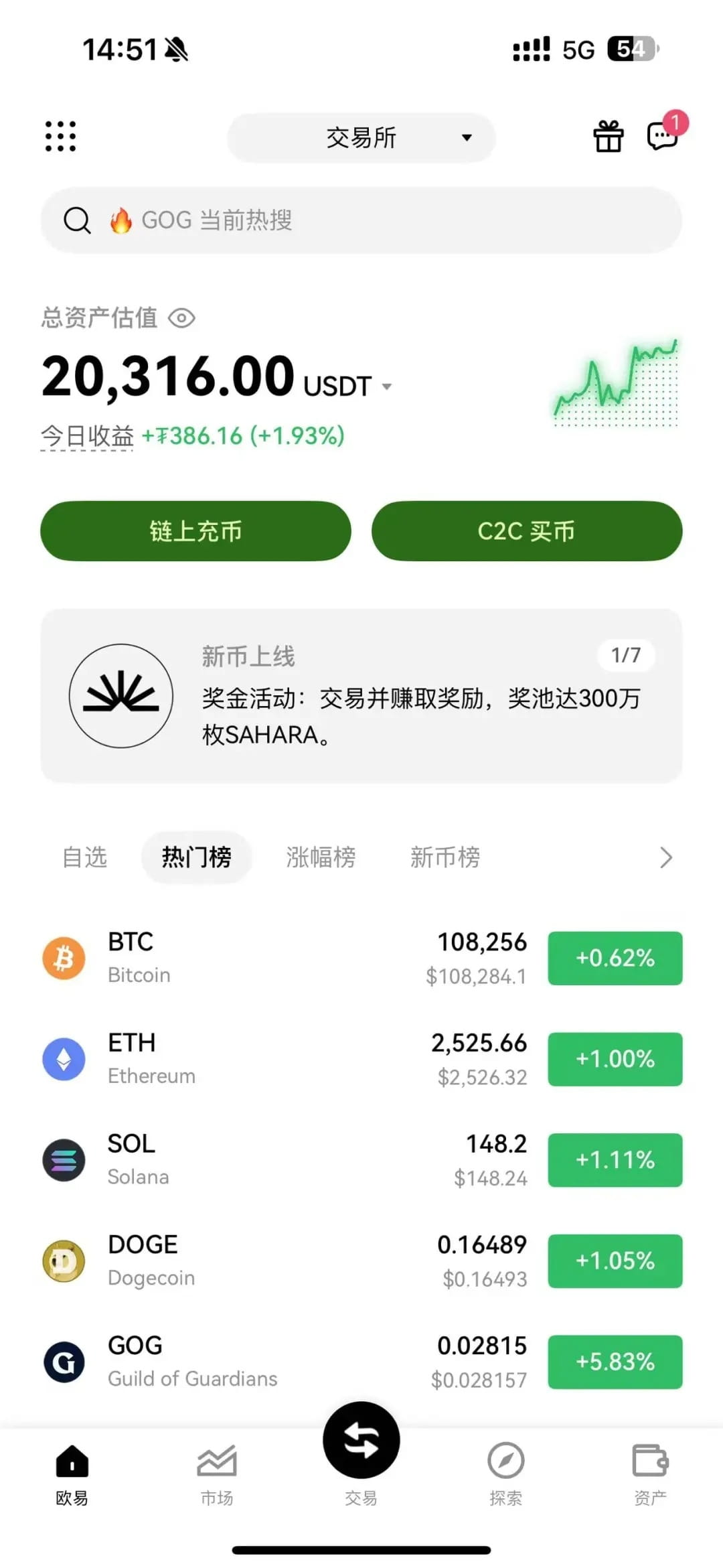Follow along, you can at least reduce losses by 80%!
1. Position management: the first lifesaver for beginners (don’t wait until liquidation to understand).
The worst experience I had: with a 100,000 capital, I heavily invested in a 'hundred-fold story coin', and within 3 days, it dropped to 70,000—this is a common mistake among beginners, the 'all-in syndrome'. Now I set a strict rule for you: remember it and execute it strictly:
Single coin position ≤ 20% of total funds (e.g., if 1000U, maximum investment in one coin is 200U);
Single trade risk ≤ 0.8% (e.g., if 1000U, maximum loss per trade is 8U);
You are only allowed to increase positions 3 times: enter once, add once at -5% pullback, and add the last time at -10% pullback; if you miss any level, stop trading.
Templates that beginners can use directly:
Write it down on paper before opening a position:
‘Entry price: XXX | Stop-loss price (exit if losing 8U): XXX | Target price: XXX | Reason (e.g., BTC bouncing off support) | Position: 15%’
If I didn't write this, I will not open a position!
2. Stop-loss discipline: don't let 'waiting for a rebound' trap you.
The most common mistake for beginners: not wanting to cut losses when prices drop, always thinking 'just wait a little longer and it will come back'. I impulsively went long on gold at 20:32 (during the US data release) on non-farm payroll night in January 2023, losing 180U in 3 minutes—this is due to not adhering to stop-loss discipline. Here are 3 iron rules for beginners:
Set stop-loss as soon as you enter: for example, if buying BTC at an entry price of 50,000, set stop-loss at 49,000 (exit if losing 2%), don’t manually monitor;
Three time slots to never open a position:
15:00-15:30 (London opening, liquidity chaos);
20:30-21:00 (US data release, volatility explodes);
After 2 AM (New York closing, no one taking over);
Stop trading after a loss exceeding 6%: if total funds lose 6% in a day (e.g., losing 60U from 1000U), immediately close all positions and take a 2-day break before returning.
3. Choosing coins and avoiding pitfalls: don't be fooled by 'pretty candlesticks'.
Beginners tend to focus on coins with good upward candlestick patterns, not realizing that many 'rises' cannot be exited. I previously bought a small-cap coin, and the candlestick looked good every day, but when I tried to sell at market price, slippage ate up 30% of my profits—this is the pitfall of not looking at liquidity. Always check these 3 data points before choosing a coin:
Buy and sell with a 1% depth: for example, when buying a coin, the price difference from buy 1 to buy 1% should not exceed 1%, and the same applies for selling 1 to sell 1%; otherwise, slippage will kill you.
Unlocking calendar: check when tokens have large unlocks (e.g., team tokens unlocking), don't touch them one week before, high probability of decline.
Real circulating market value: don’t trust 'FDV (Fully Diluted Valuation)', look at the current real circulating amount. For example, if a coin has an FDV of 1 billion but only 100 million is circulating, then no matter how high it rises, it is still virtual.
4. Mindset breakthrough: don't get trapped in 'fear of missing out on profits and fear of pullbacks'.
The hardest part for beginners: running away after earning 5%, only to see it rise 50% later, slapping their thighs; next time, not running after earning 5% leads to a drop back to the principal, causing a collapse in mindset. I’ve been there too, but later realized: in the crypto world, there’s no 'having it all'; either you make small profits or wait for big market movements.
Give up on 'grabbing every opportunity': focus on only 1-2 confirmed trends each month (e.g., BTC pulling back to key support), and don’t touch other small fluctuations.
Take profits first: transfer 20% of the profit first (e.g., if you earned 200U from 1000U, transfer 40U to the bank), securing profits is what truly belongs to you.
Self-assess before trading: Did you sleep for 6 hours last night? Have you recently lost money? Are there life pressures? If any of these are 'yes,' don't open a position—I've statistically found that trading success rate is only 41% when emotions are low!
5. Tool assistance: even beginners can become 'professionals'.
Don’t think that professional traders rely on talent; the tools I use can also be accessed by beginners:
TradingView alerts: set important price levels (e.g., BTC drops below 49,000), check the market only when the phone alerts; don’t stare at it all the time.
Excel trading log: record the reason for each trade, stop-loss and take-profit, gains and losses, and calculate the win rate each week—after I started maintaining my log, my win rate rose from 52% to 63%;
Physical stop-loss method: lock the screen immediately after placing an order and go for a 20-minute walk. Don't stare at the market and mess with stop-losses.
Lastly, a heartfelt message to beginners: the crypto world is not a casino; you are here to make money, not to gamble with your life. I went from liquidation to making money passively, relying not on 'sudden insights' but executing these simple rules for 10 years. You don’t need to chase 'quick profits,' learn to 'stay alive' first—only by staying alive can you wait for big market movements and earn the money you should earn.
Practice the methods above for 1 month, and you will find: making money in the crypto world really doesn’t require luck. Follow me, and I will share trading log templates with you later to help avoid pitfalls and secure profits!



